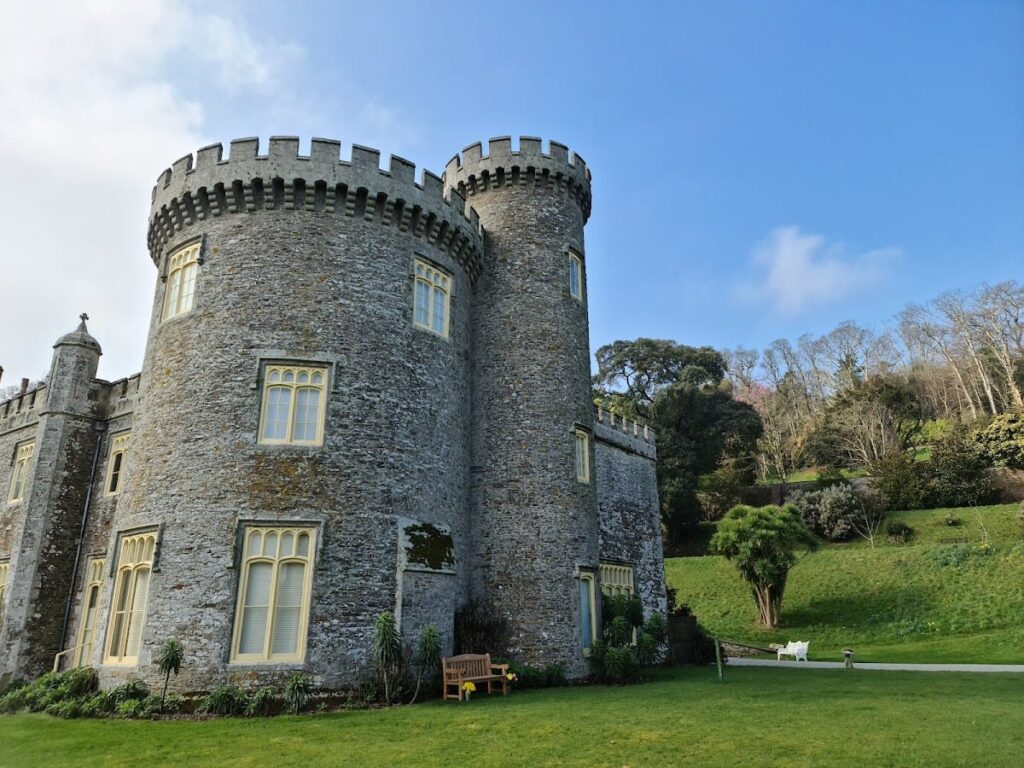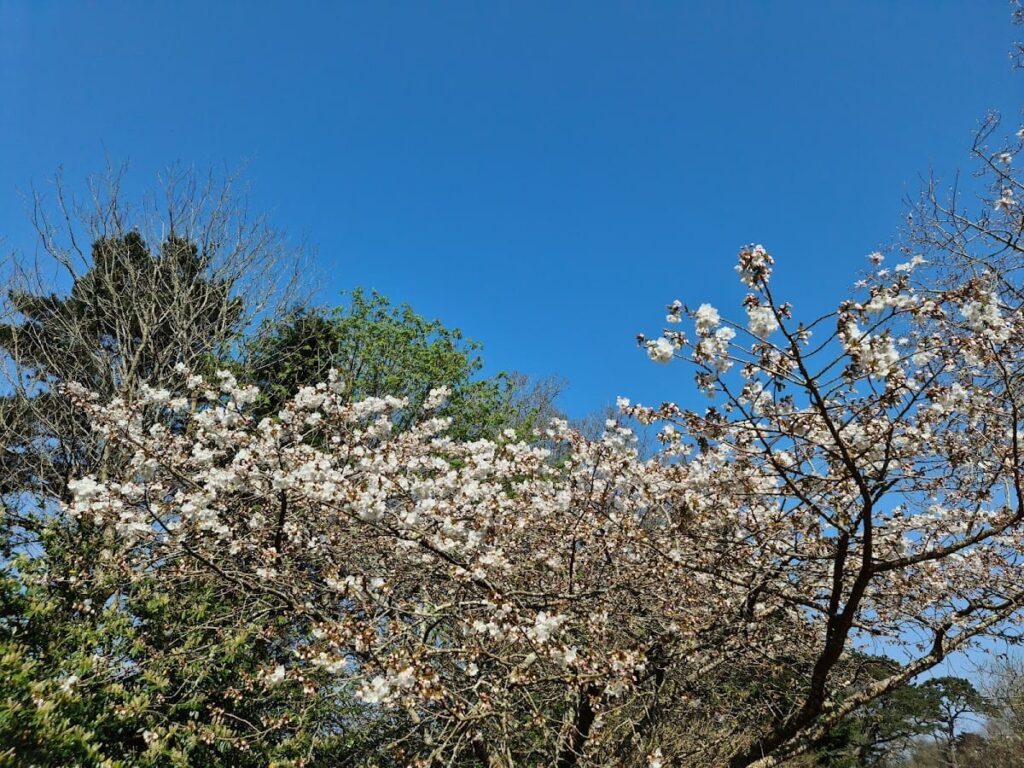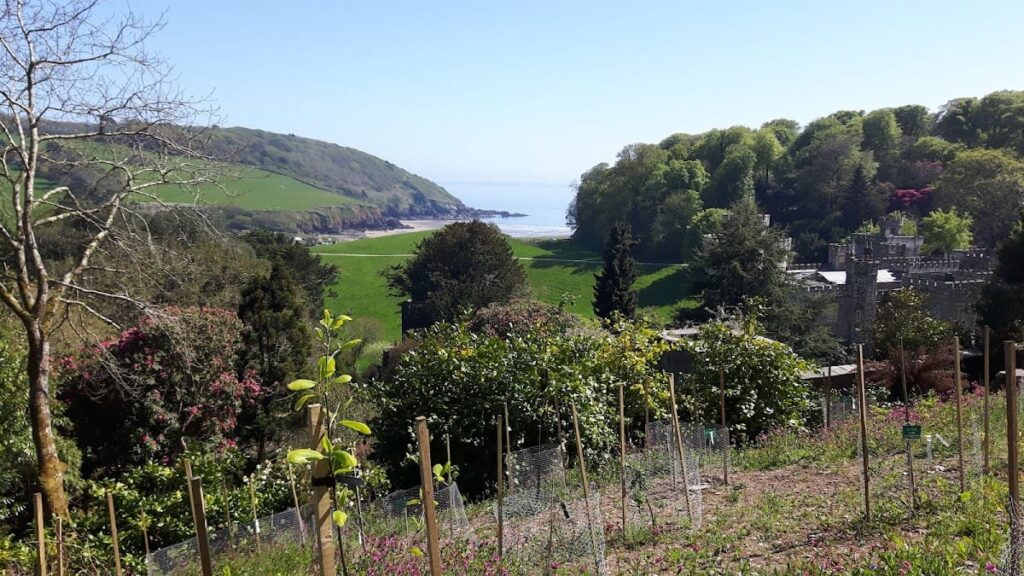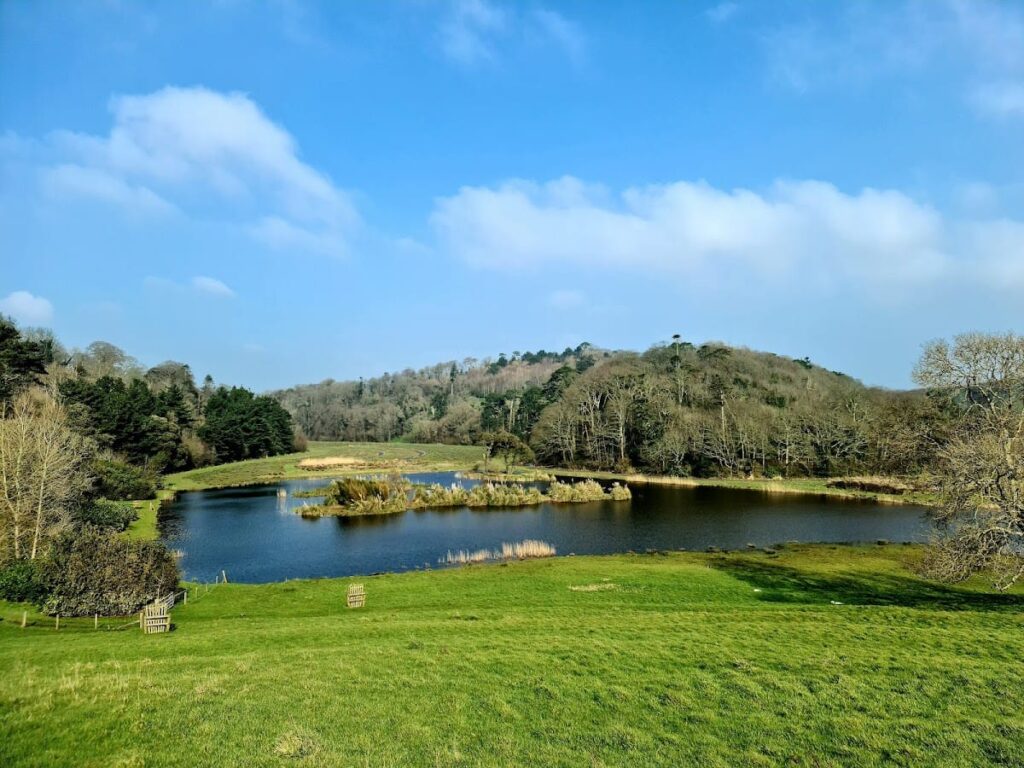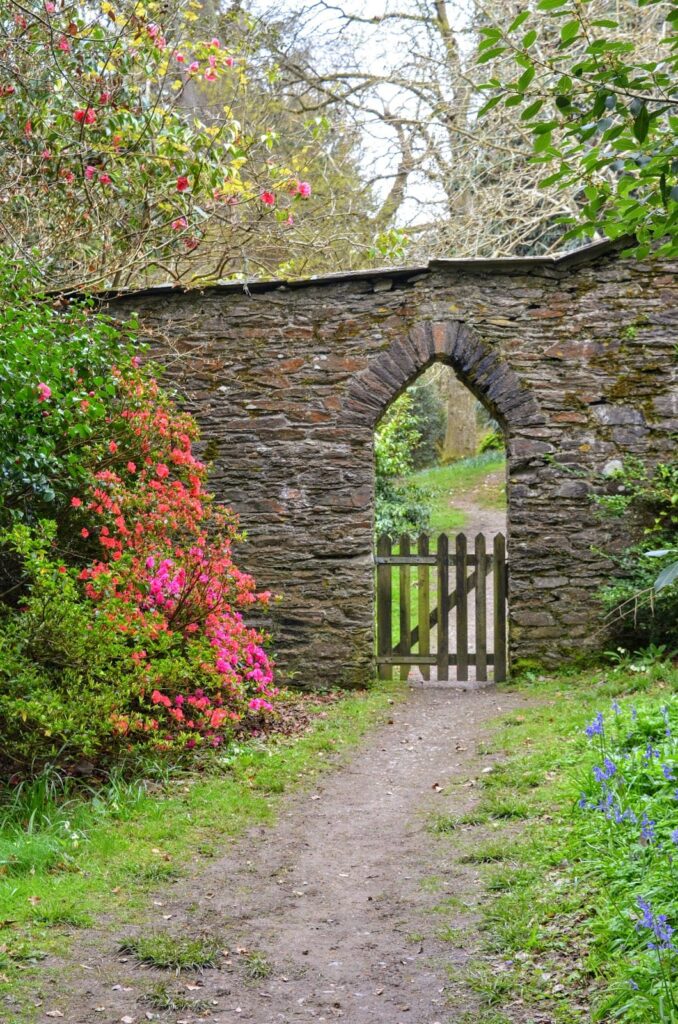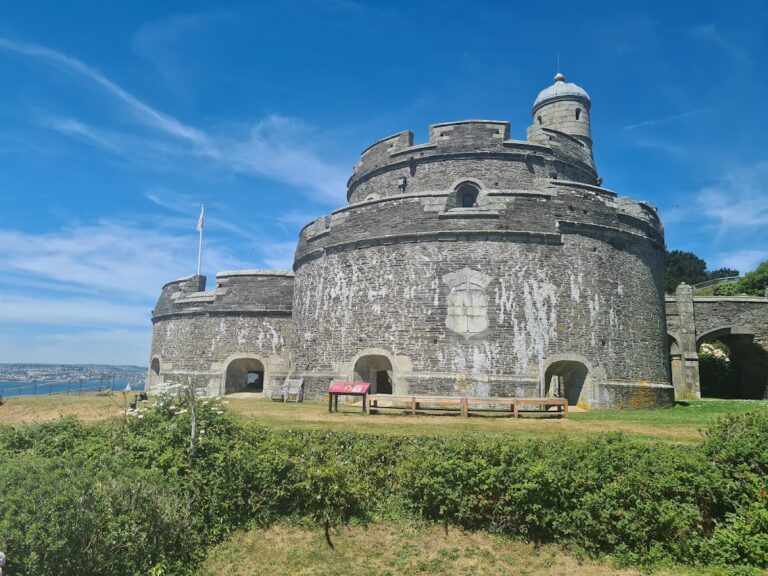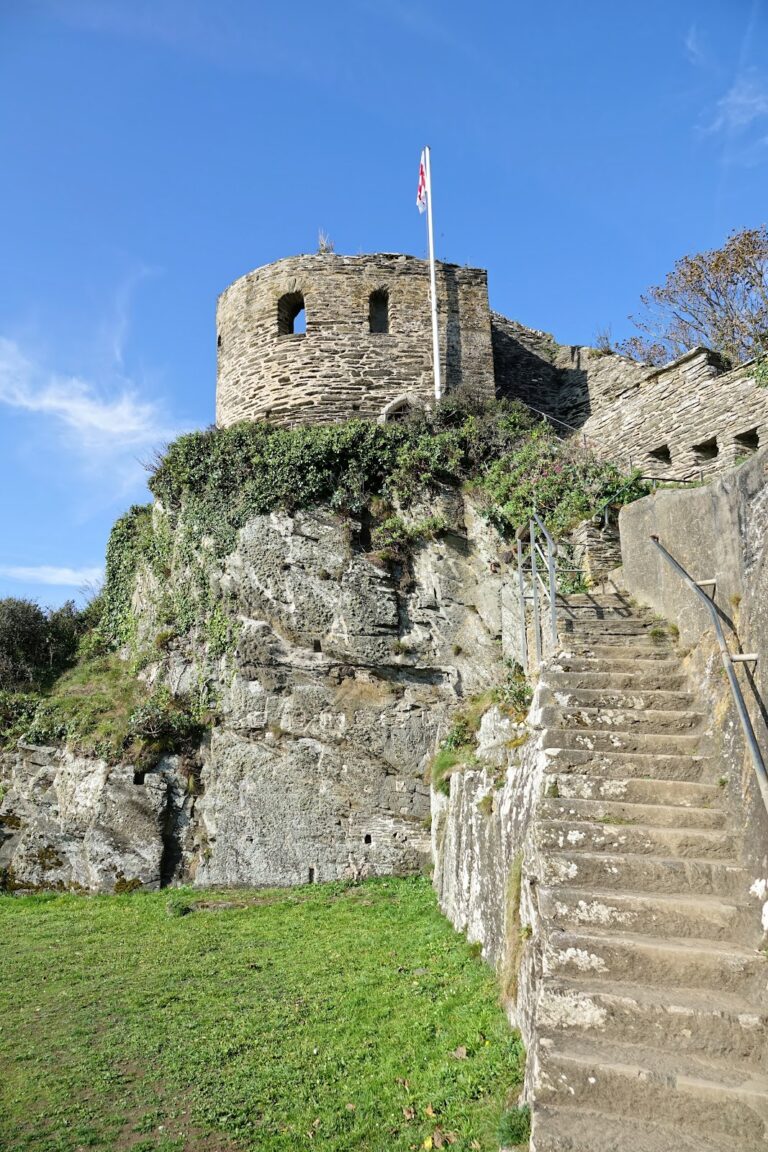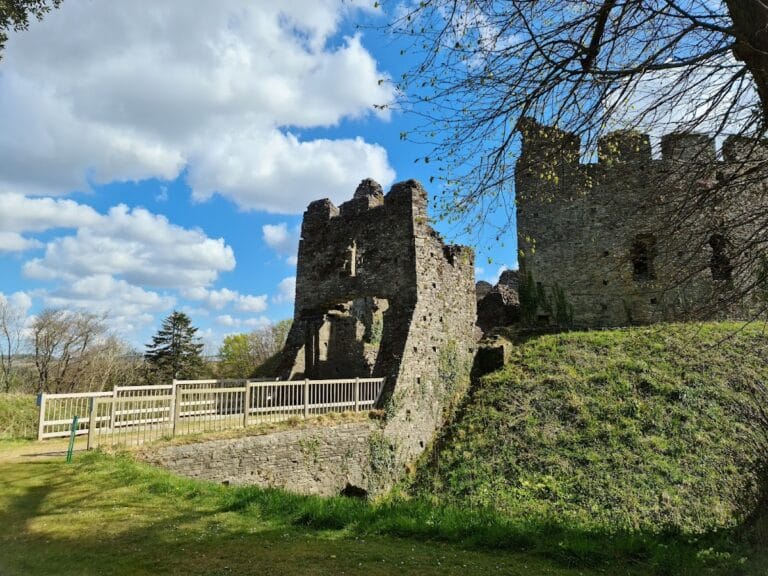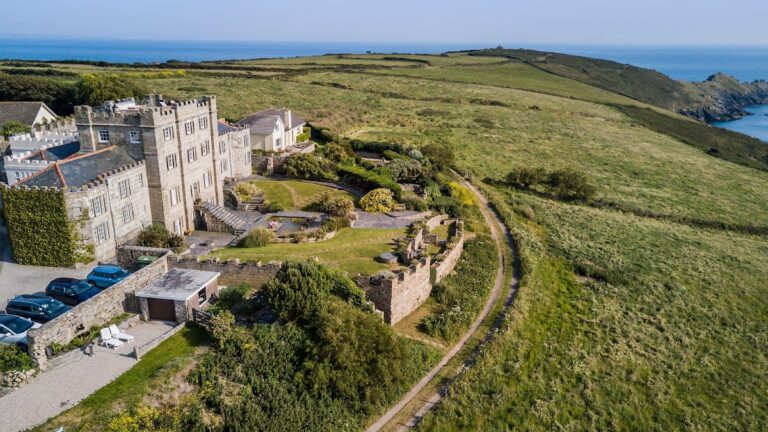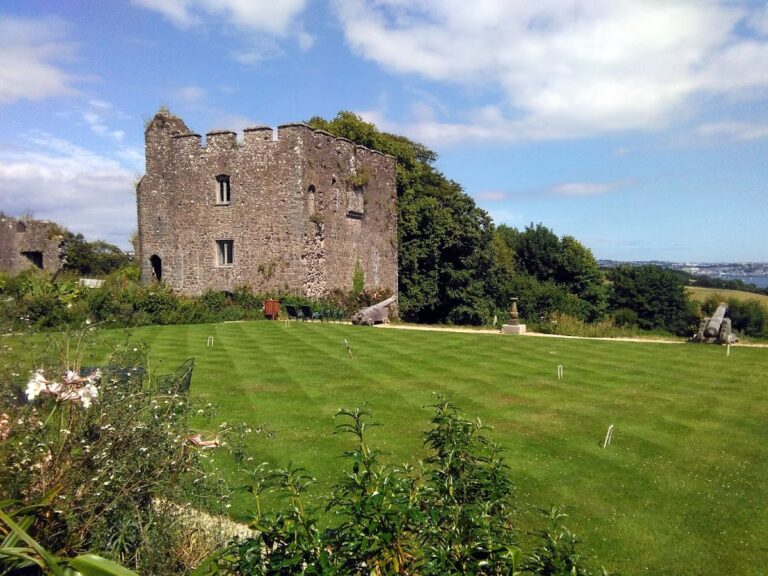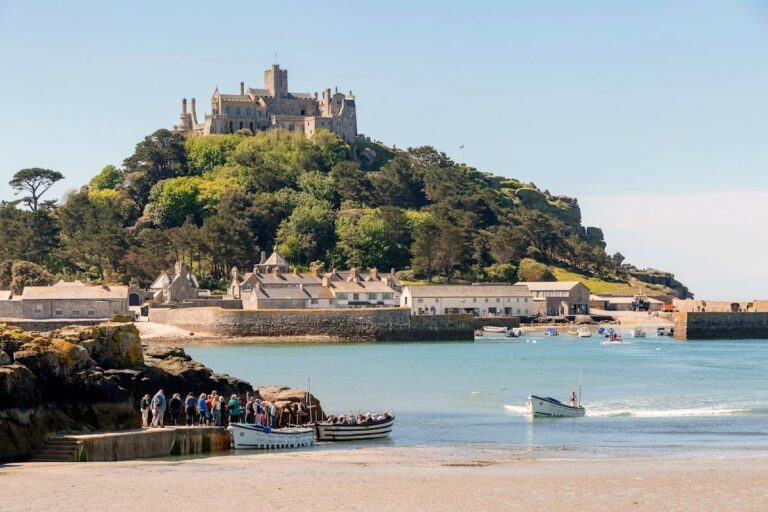Caerhays Castle: A Historic Estate in Cornwall, England
Visitor Information
Google Rating: 4.5
Popularity: Low
Google Maps: View on Google Maps
Official Website: visit.caerhays.co.uk
Country: United Kingdom
Civilization: Medieval European
Remains: Military
History
Caerhays Castle is situated near the village of St Michael Caerhays in Cornwall, England, overlooking the English Channel at Porthluney Cove. The estate’s origins trace back to the Early Middle Ages when it was part of the Arundell family holdings. The manor was first recorded in 1259 under the name “Karihaes” and later as “Carihays” in 1379. The exact meaning of the name remains uncertain.
Around 1379, the estate passed to the Trevanion family through the marriage of Robert Trevanion to Johanna Arundell, the heiress of Rudolph Arundell. The Trevanions maintained the property for several centuries. In 1703, John Trevanion inherited Caerhays and undertook improvements to the manor house and its gardens, enhancing the estate’s status.
Following the death of William Trevanion in 1767, ownership transferred to John Bettesworth, the son of William’s sister. His son, John Bettesworth-Trevanion, commissioned the construction of the current castle between 1807 and 1810. Designed by the Anglo-Welsh architect John Nash, the new building was erected near the site of the original manor, which had been expanded during the reign of Henry VIII.
John Bettesworth-Trevanion later fled to Paris due to financial difficulties. In 1854, Michael Williams II acquired Caerhays Castle from creditors. The house had been empty for over ten years and required significant repairs. These were carried out under the direction of Sir William Williams and John Michael Williams.
John Michael Williams inherited the estate in 1858. After his death in 1880, his second son, John Charles Williams, became the owner. In 1884, the castle underwent further restoration and alterations. John Charles Williams was a noted plantsman who sponsored expeditions to collect new plant species. Notably, in 1903, seeds from China were brought by the plant hunter Ernest Henry Wilson, enriching the castle’s gardens.
On 15 November 1988, Caerhays Castle and its associated buildings received Grade I listed status, recognizing their historical and architectural importance. As of 2023, the estate remains in the ownership of Charles Williams. The estate also holds a significant mineral collection connected to the Williams family’s mining interests in Cornwall.
Caerhays Castle has served as a filming location for the 1979 miniseries “Rebecca” and the 2015 film “Miss Peregrine’s Home for Peculiar Children.” It is also featured in the later novels of the Poldark series.
Remains
Caerhays Castle is built in a style that imitates a Norman castle, using rough stone quarried locally. The main façade stretches about 49 meters (160 feet) and faces south, elevated on a terrace with battlements. The principal rooms are arranged along the south and east sides and are connected by a large gallery. Notable interior features include painted glass windows in the dining room, staircase, and entrance hall.
Parts of the original manor survive on the site, including an ancient chapel and a historic walkway to the sea known as the “Watchhouse Walk.” These elements reflect the estate’s long history and earlier phases of construction.
Several other structures on the estate are also Grade I listed. These include the garden wall with gateways and attached folly towers located to the west and east of the castle. The Higher Lodge and the Lower Lodge, the latter with attached screen walls, are part of the estate’s entrance features. Service buildings attached to the southwest of the castle complete the complex.
The castle gardens cover nearly 120 acres (approximately 0.49 square kilometers) and are crossed by four named routes: the Red, Blue, Yellow, and Green Roads. These are complemented by trails, grassy paths, and steps. The gardens contain around 600 plant varieties, including azaleas and camellias. By 1917, the collection included over 250 species of rhododendrons. The estate holds the largest collection of magnolias in the United Kingdom and is recognized as one of four national magnolia collections by the National Council for the Conservation of Plants and Gardens (Plant Heritage).
